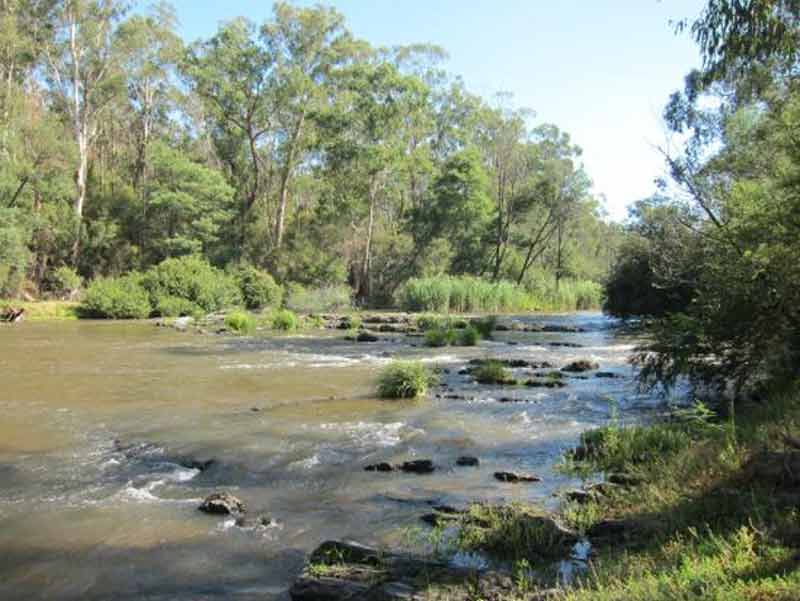Do we need to be concerned about this new chemical?
Background
Every year new chemicals appear in the market for a broad range of products ranging from pharmaceuticals, personal care products, disinfection by-products, pesticides, persistent organic chemicals, industrial chemicals and degradation products of all these substances. While many of these new products have little impact on the environment, there are many that may impact human or ecological health and may be poorly regulated, i.e. new products can emerge in the environment with inadequate information to determine waterway health risk. In addition, not all chemicals can be measured in the environment. Therefore, decisions are needed to determine which chemicals should be given the greatest attention for developing techniques for detecting and measuring their concentrations in the environment based on known chemical properties and emerging studies.
Approach
We will conduct scans of emerging contaminants of concern in international literature, attend key conferences, and collaborate with relevant agencies to update priority lists of ‘known’ and ‘emerging’ chemicals of concern for management. Our partnership with the National Measurement Institute will continue to develop analytical methods for detection of new chemicals of interest, and we will explore options to enable quantitative passive sampling of chemicals of concern that typically occur intermittently or in low concentrations. Ongoing PhD projects will focus on the risk of emerging contaminants of concern to key environmental values.

Progress to date
A3P1 complete Sep 2023.
See Download 2022 results summary or access this HWS midterm review summary via: https://healthywaterways.com.au/resources/documents for details
A3P2 began Oct 2023
Ongoing international review of Chemicals of Concern.
Two PhD candidates (Pulasthi Serasinghe and Madara Ranatunga) completed in 2024, one other due to complete in 2025.
Expected Outcomes
- Prioritisation of ‘emerging’ chemicals of concern to be the focus of future investigations of their presence and ecological impacts across the region
- Informs Melbourne Water’s Contaminants Framework that supports General Environmental Duty obligations
- To provide specific information on ‘known’ chemicals of concern to help prioritisation of pollution management Performance Objectives in the next Healthy Waterways Strategy.
Expected Completion
2028
Contact
For more information, please contact the project lead:
- Prof. Vin Pettigrove, vincent.pettigrove@rmit.edu.au
At Melbourne Water: